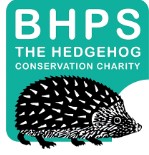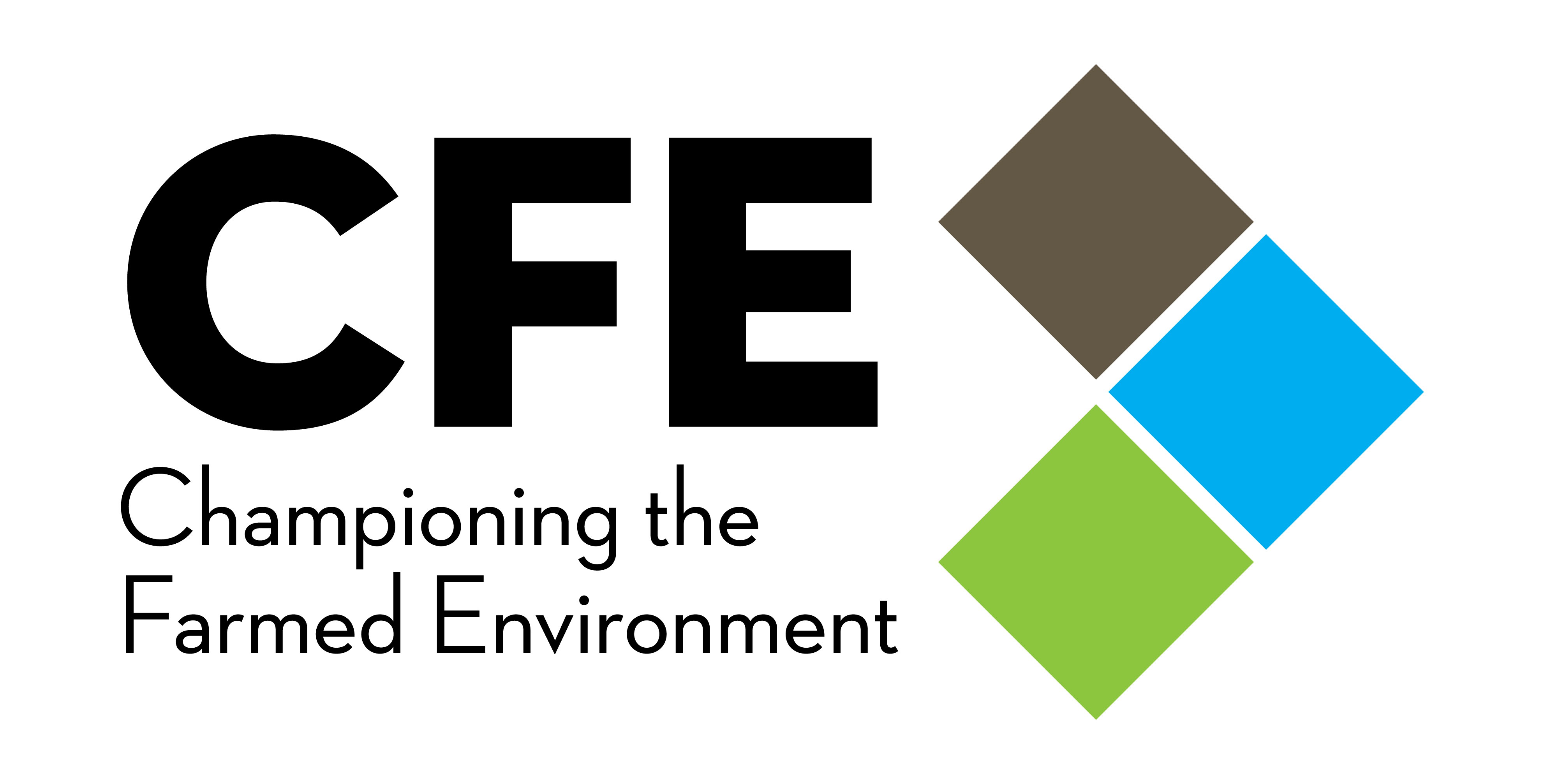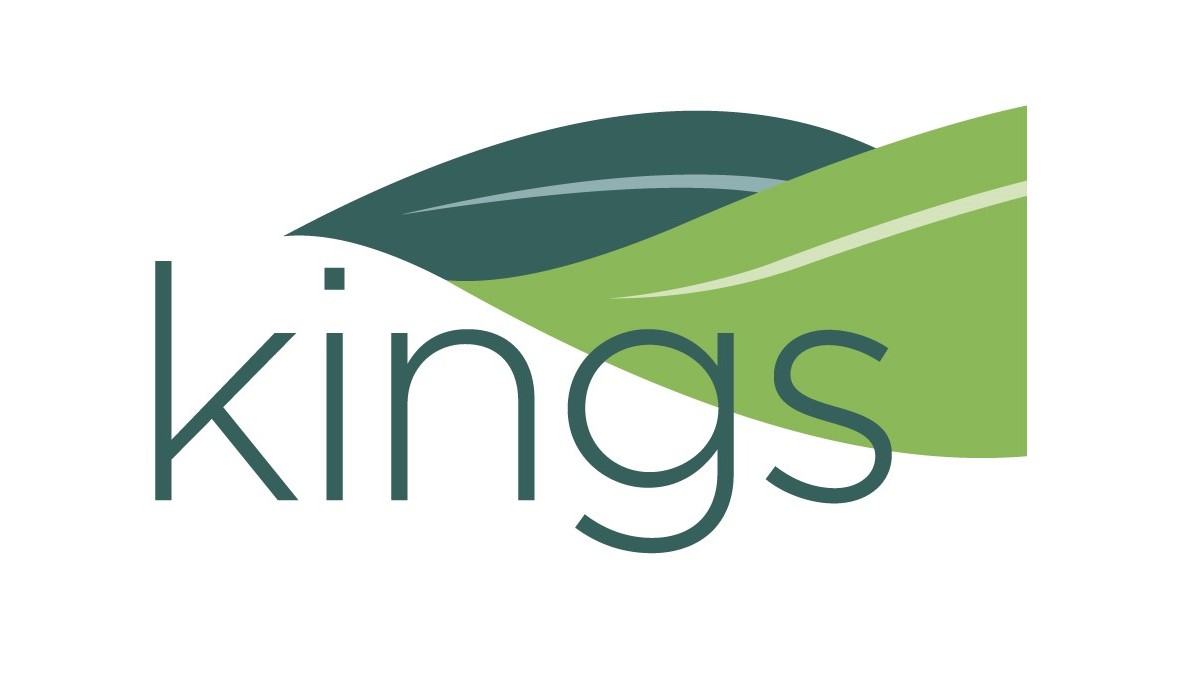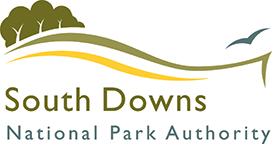The Selborne Landscape Partnership (SLP) is a group of farmers and land managers working together to benefit wildlife. Collectively the partnership covers the parishes of Chawton, Farringdon, Worldham, Oakhanger, Newton Valence, East Tisted, Colemore & Priors Dean, Selborne, Blackmoor and Greatham.
As winter approaches the SLP group are busy planning a winter supplementary feeding programme to help farmland birds at a time of year when they need it most. This year the Hampshire National Farmers Union (NFU) has grant aided 40 songbird feeders which will be distributed across the partnership.
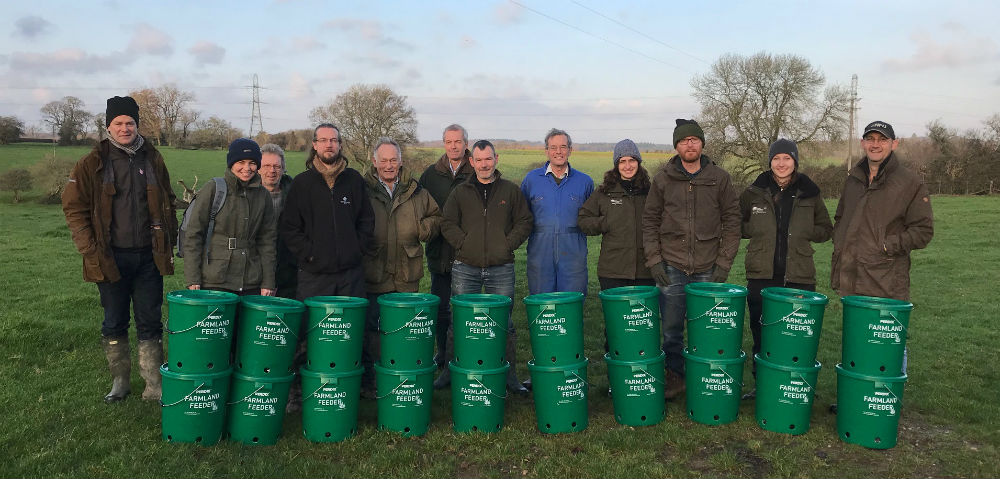
Seed eating birds can often struggle to find sufficient food during late winter and early spring (Jan-April). This period is often referred to as the ‘hungry gap’ when seed is in short supply.
By spreading seed regularly during this period, birds such as the yellowhammer are supported at a time when natural seed sources are depleted and as they begin to prepare for the breeding season.
Seed is fed normally once a week either in feeders known as ‘hoppers’ or spread on the ground and can consist of wheat, oilseed rape, linseed, millet, sunflower and canary seed. Specialist seed is purchased by the farmer from a seed supplier, whilst seed such as wheat and oilseed rape is usually already grown on the farm. The amount of seed fed varies from 10-25kg per week. A single hopper can hold 20kg of seed.
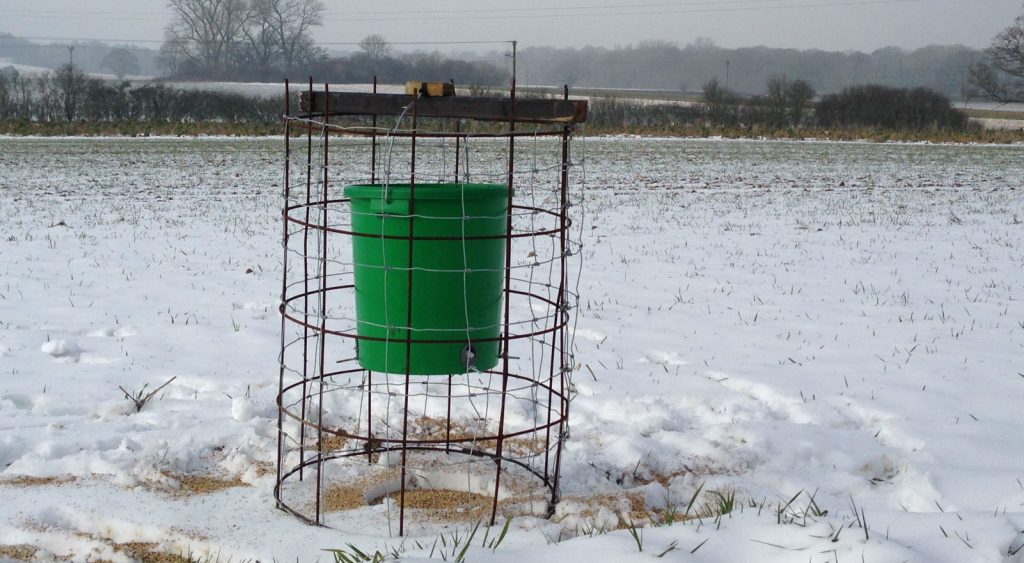
Winter supplementary feeding works well in conjunction with the conservation crops planted by farmers as winter bird food. These conservation crops look very different to the usual commercial arable crops which only contain one species. The conservation crops are grown in plots up to one hectare in size and contain a variety of seed producing plants such as sun flowers, kale, radish, teasel and millet as well as cereals such as triticale and rye. The aim is that they produce a variety of seeds and are left unharvested for birds to feed on through the winter months. However, these plants often become bare and exhausted by the end of December/January and this is when the feed hoppers will be put out into the fields to continue to provide food for the birds until the end of winter.
This project sits alongside other measures that farmers are taking throughout the year to ensure that farmland birds have suitable places to nest on the farm, have adequate cover and shelter and places to forage for insects during summer to feed their chicks.





